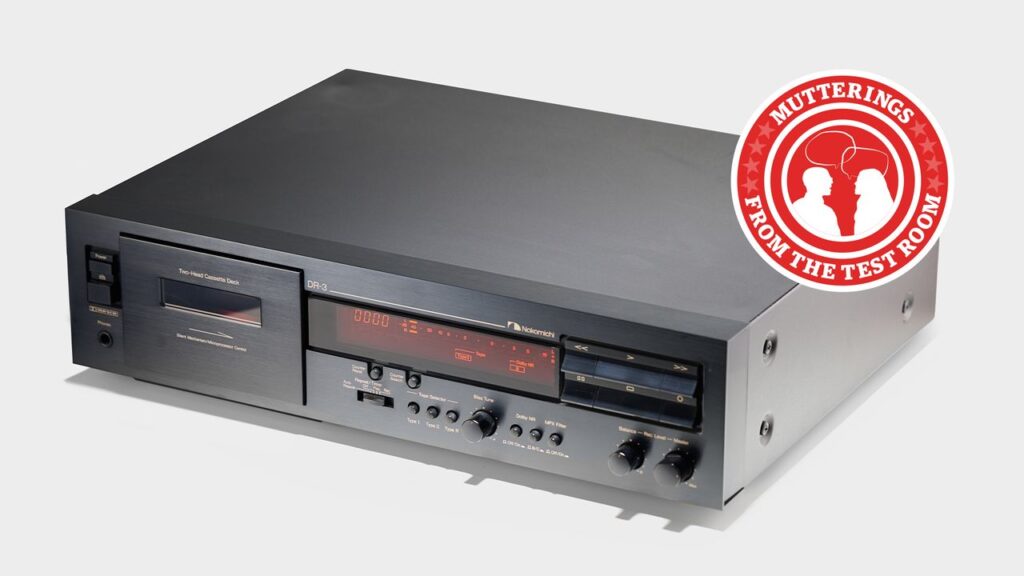
UPDATE: Cassettes could be gearing up for a surprising revival in 2025, as audiophiles explore the limits of this nostalgic format. A recent hands-on review from What Hi-Fi? reveals the Nakamichi DR-3, a restored classic that brings both excitement and challenges back to the listening experience.
After two decades away from cassette decks, the author revisited the format with the DR-3, which originally sold for just over £300 in the early ’90s. The excitement of using a device considered the “Rolls-Royce” of cassette players was palpable. However, the experience raised pressing questions about the cassette’s viability in today’s high-fidelity landscape.
During testing, the author encountered significant limitations. Initial playbacks of aged pre-recorded tapes like Bomb The Bass‘s *Unknown Territory* and De La Soul‘s *No Way Out* yielded disappointing results, characterized by “soft, undynamic mush.” This highlights a critical point: the age and condition of tapes greatly affect sound quality.
Determined to explore the format’s potential, the author made fresh recordings using a new TDK SA90 cassette, sourcing material from Radiohead‘s *OK Computer*, De La Soul‘s *3 Feet High and Rising*, and Holst’s *The Planets*. This experimentation proved fruitful; recordings displayed a notable improvement in clarity and detail, especially when employing Dolby C noise reduction.
Yet, the nostalgia of the cassette format comes with its challenges. The mechanical nature of cassette players means users must deal with track spooling and inherent tape hiss, which can detract from the listening experience. While the Nakamichi DR-3 offers a charming, hands-on approach to music playback, it ultimately reveals the limitations of cassettes compared to modern digital formats.
As cassette enthusiasts ponder the format’s future, the question remains: can cassettes truly compete with today’s superior digital audio? While some high-end models may push the boundaries, the consensus suggests that cassettes are more about the experience than the sound quality.
The resurgence of interest in cassettes may be driven by nostalgia, but it also raises questions about how we engage with music in an age of instant access. The author expresses a renewed appreciation for the mechanical charm of cassettes while acknowledging their flaws.
For audiophiles and casual listeners alike, the cassette format offers a unique blend of nostalgia and practical challenges. As we head into 2025, the question lingers: Are cassettes a viable hi-fi format, or are they simply relics of the past?
Stay tuned for more updates on this developing story as audiophiles weigh in on the future of cassette technology.







